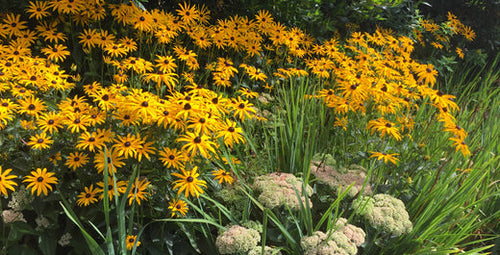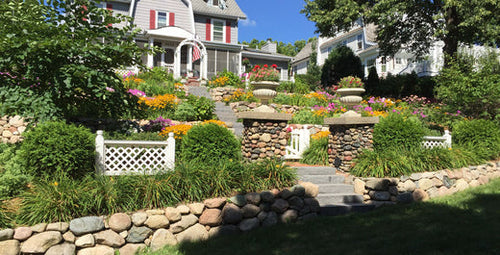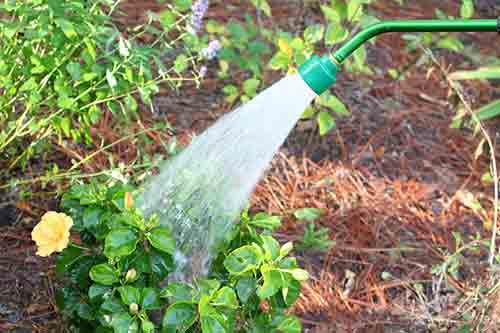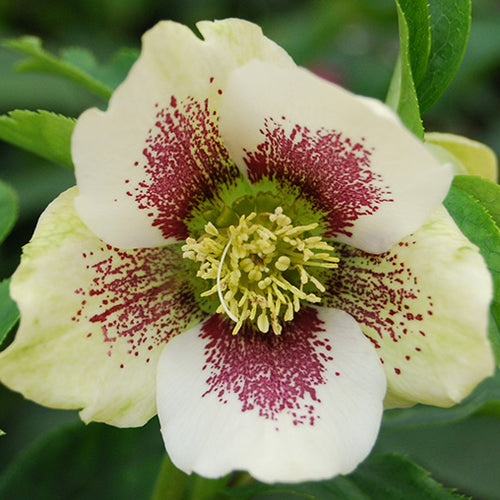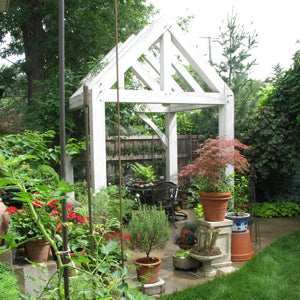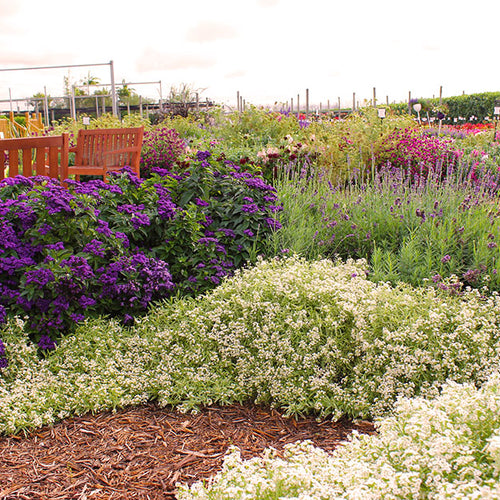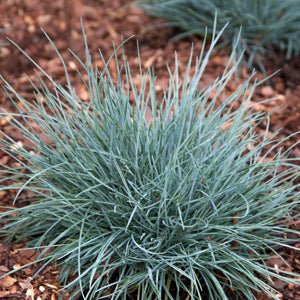
As a gardener you might not think Florida and Iowa have a lot in common. After all, one has rich black soil and oceans of cornfields while the other has sandy soil with real oceans lapping at its shores. But now that I garden in both locations I’ve discovered that some of my favorite perennials are tough enough to handle both Iowa’s cold winters and Florida’s hot, humid summers.
Take coneflower (aka echinacea, at left) for example. The early settlers found this plant growing wild in hot, dry, prairie settings throughout the eastern half of the country. Over time, plant breeders on both side of the Atlantic started to create new varieties of this hardy plant. Many of these new varieties look a lot different than their prairie parents, but they all share the ability to survive frigid winters and hot summers.
Coreopsis (below) is another favorite of mine that always thrived in my Iowa garden, even when summer temperatures spiked. But, then I discovered that coreopsis is the state flower of Florida, where it happily grows wild along the roadsides soaking up both the sun and humidity. Sure, some of the new coreopsis varieties don’t resemble the single golden blooms of the original, but these coral, pink, cherry, or bi-colored bloomers are just as tough. There are even a few double-flowered varieties you can choose from.

I’ve also had butterflies flock to liatris (with coneflower above) in both my Iowa and Florida borders. This super hardy perennial, occasionally called gayfeather or blazing star, is another prairie native that holds up well from zones 3 to 9 and develops lovely 3-foot-tall spikes of pink or white flowers throughout the summer. The nectar rich blooms attract hordes of butterflies to your yard, too.
But when it comes to perennials with North American roots, you can’t beat black-eyed Susan, also called rudbeckia. This sunny charmer comes in a wide variety of species and varieties, but all of them share a tough-as-nails constitution that makes them ideal for any hot, sunny, dry situation. Besides its original yellow color, black-eyed Susan now comes in burgundy, gold, and bronze. There’s even an annual variety called ‘Indian Summer’ that produces a seemingly endless amount of huge, bright yellow flowers right up until frost (although it’s an annual, it can self sow and return every spring).
Other top perennials with native roots include: butterfly weed, hardy geranium, gaillardia, helenium, perennial sunflower, Joe pye weed, gaura, goldenrod, turtlehead, and aster.
All of these easy-care perennials are a snap to grow as long as they get plenty of sunshine (at least 6 to 8 hours of direct sun a day) and well-drained soil. If you clip away the flowers as they fade, all of these plants will develop new crops of bloom.Written by Doug Jimerson










